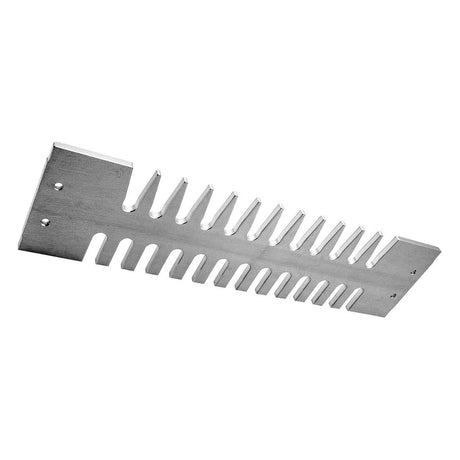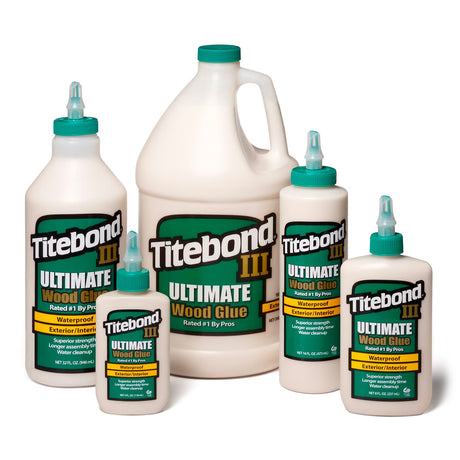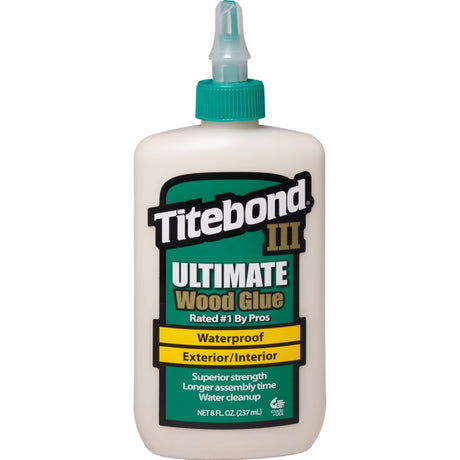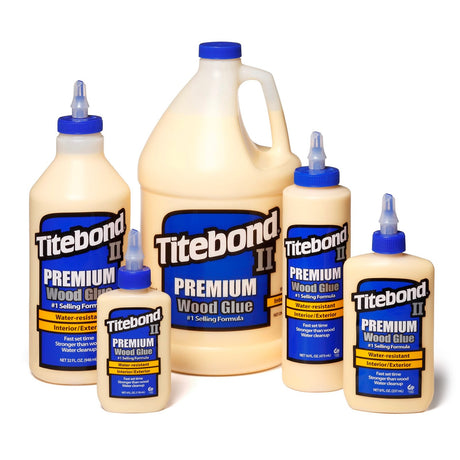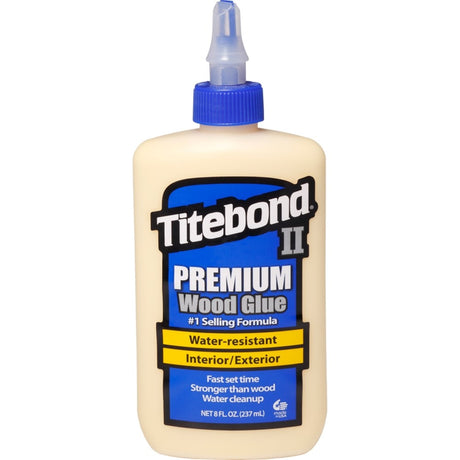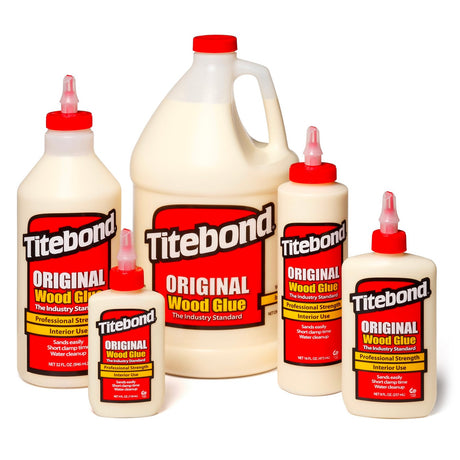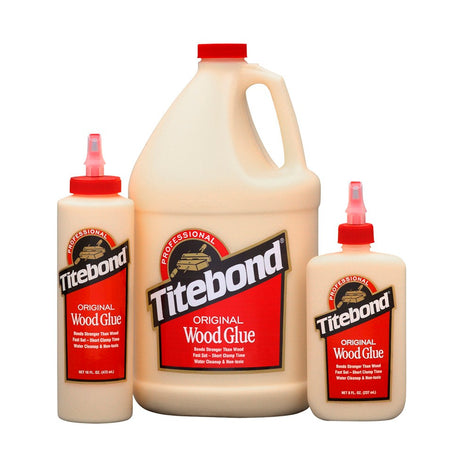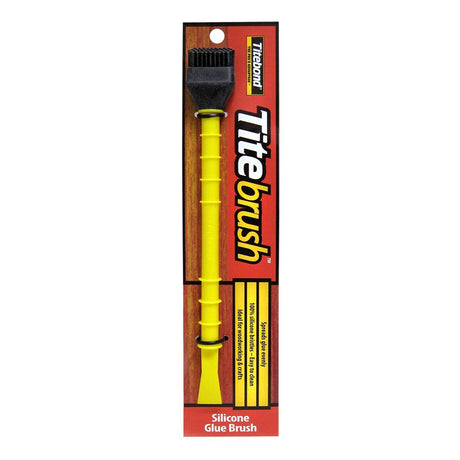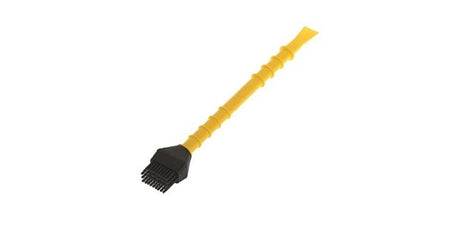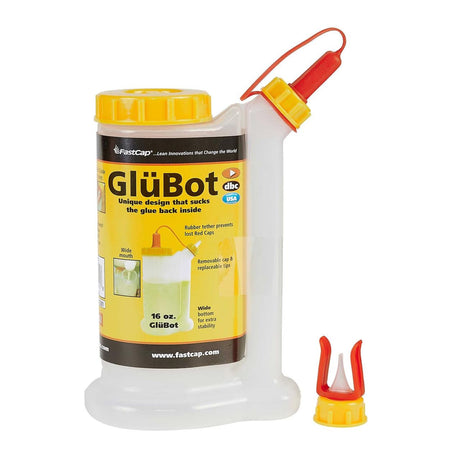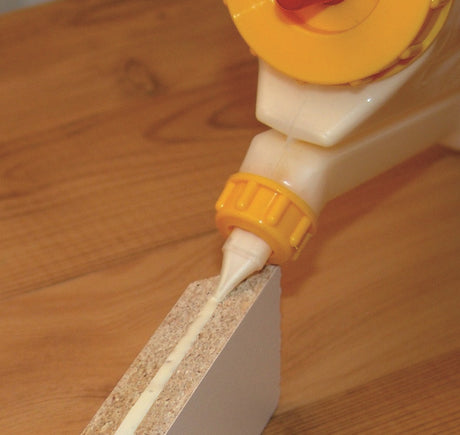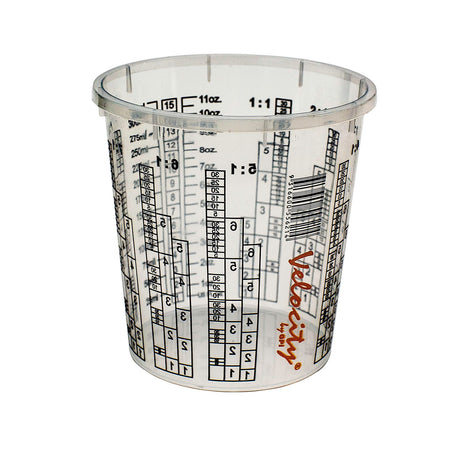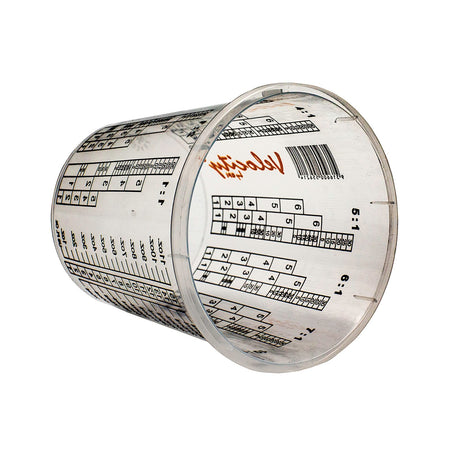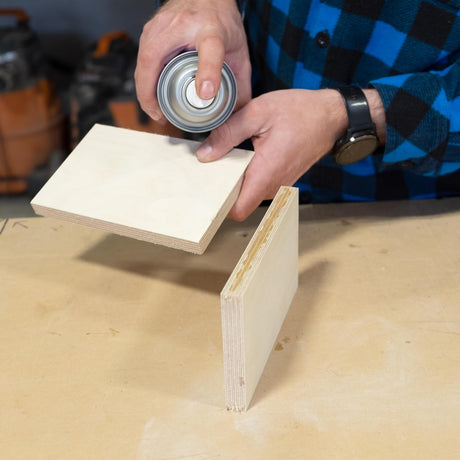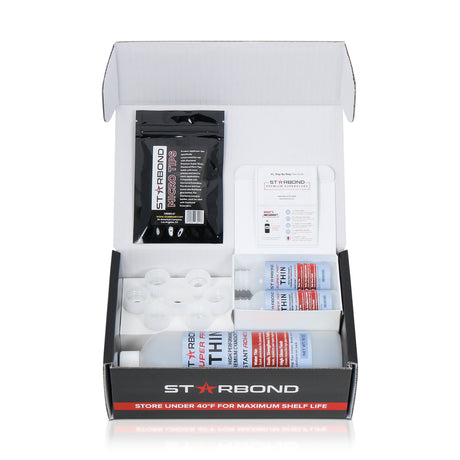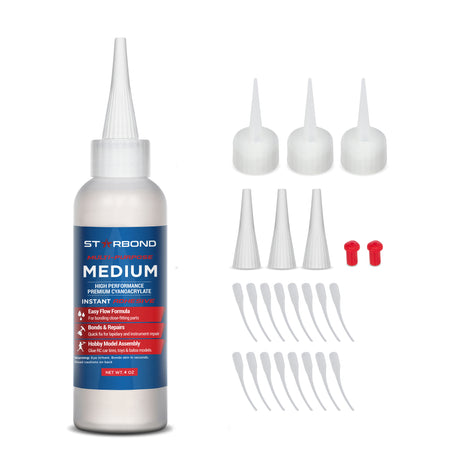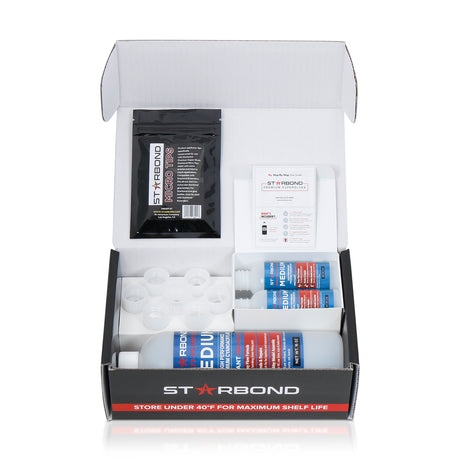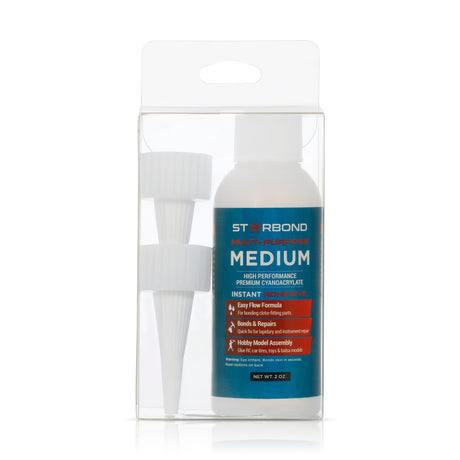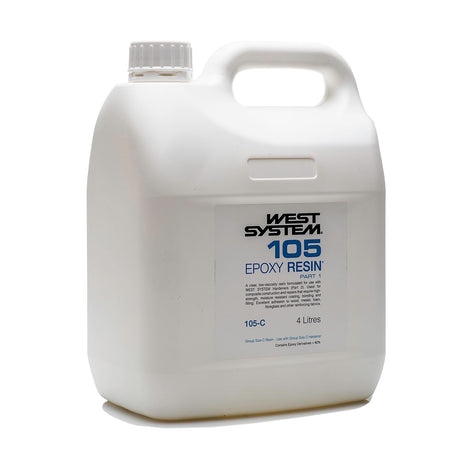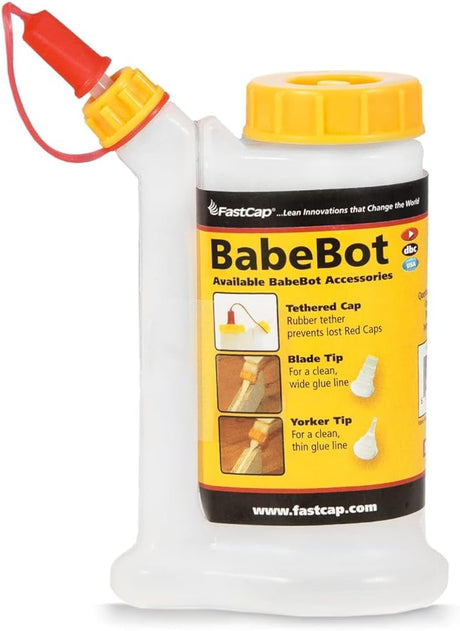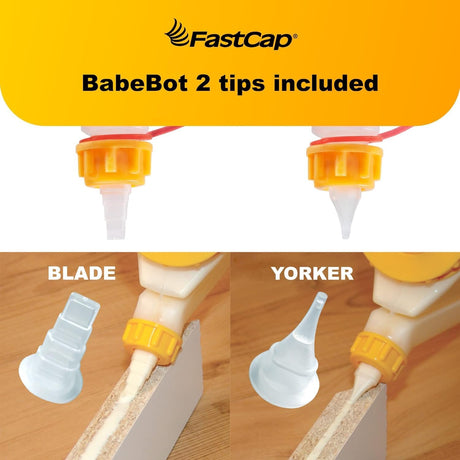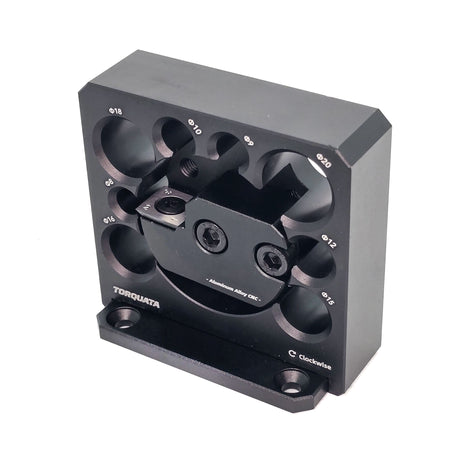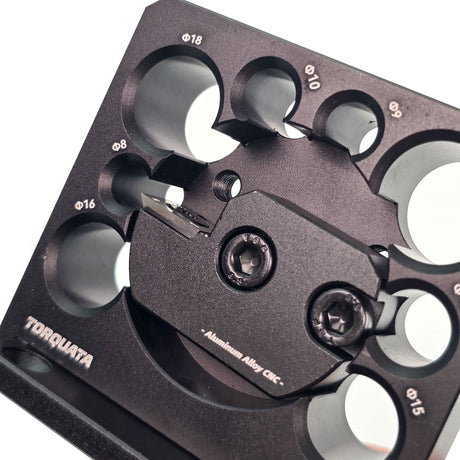Titebond
Titebond III Ultimate Waterproof Glue PVA Yellow Aliphatic Resin
From $16.50Unit price /UnavailableIn stockTitebond
Titebond II Premium Water Resistant Glue PVA Yellow Aliphatic Resin
From $13.90Unit price /UnavailableIn stockTitebond
Titebond I Original Woodworking Glue PVA Yellow Aliphatic Resin
From $8.90Unit price /UnavailableIn stockFastCap
FastCap GluBot Glue Pot Dispenser Bottle Non-Drip 448mL
From $17.50Unit price /UnavailableIn stockStarbond
Starbond CA Super Glue Accelerator Clear Drying
From $24.90Unit price /UnavailableIn stockWest System
West System 105 Epoxy Resin Part A High Strength Low Viscosity
From $44.90Unit price /UnavailableLow stock (10+ units)FastCap
FastCap BabeBot Glue Pot Dispenser Bottle Non-Drip 112mL
From $11.90Unit price /UnavailableIn stockTorquata
Torquata Dowel Making Jig 8-20mm Diameter for use with Handheld Drills
$49.90Unit price /UnavailableIn stock
Master the Art of Joinery with Precision Tools
Joinery is at the heart of woodworking, encompassing techniques that allow wood to be joined together to create strong, durable, and aesthetically pleasing structures. Whether you're crafting furniture, cabinets, or intricate wooden designs, mastering joinery is essential for producing high-quality work. From dovetails to mortise and tenon joints, each technique requires precision, skill, and the right tools.
With the right joinery tools, you can ensure that your joints are not only functional but also enhance the overall appearance of your projects. Quality tools such as chisels, saws, and jigs make it easier to achieve perfect fits and seamless connections, which are critical in creating lasting and beautiful woodworking pieces.
Investing time in learning joinery techniques pays off in the quality and craftsmanship of your work. Whether you are a beginner or an experienced woodworker, understanding the fundamentals and advanced methods of joinery will elevate your projects and open up new possibilities in woodworking.
Explore a variety of joinery tools and techniques to enhance your woodworking skills, ensuring your creations stand the test of time both in strength and beauty.
FAQs
What are the most common types of joinery?
The most common types of joinery include dovetail joints, mortise and tenon joints, lap joints, butt joints, and finger joints. Each type has its specific applications depending on the strength and appearance required.
What tools are essential for joinery?
Essential tools for joinery include chisels, saws (such as dovetail and tenon saws), marking gauges, squares, and planes. Having a good set of clamps is also crucial for holding pieces together as glue dries.
How do I choose the right joinery technique for my project?
Choose a joinery technique based on the project's requirements for strength, aesthetics, and ease of assembly. For example, dovetail joints are excellent for drawers, while mortise and tenon joints are ideal for frames and chairs.
Can beginners learn joinery techniques easily?
Yes, beginners can learn joinery with practice and patience. Start with simpler joints like butt joints or lap joints, and gradually progress to more complex techniques like dovetails or mortise and tenon joints.
What wood types are best for joinery?
Hardwoods like oak, maple, and walnut are preferred for joinery due to their strength and durability. However, softwoods like pine can also be used, especially for less load-bearing joints or when practicing techniques.
How important is glue in joinery?
Glue is crucial in joinery as it helps to secure joints and distribute stress evenly across the joint, increasing the overall strength and stability of the construction. Always choose the appropriate glue type for your specific project.
What are dovetail joints, and when should they be used?
Dovetail joints are interlocking joints commonly used in drawer construction due to their strength and resistance to being pulled apart. They are also aesthetically pleasing and showcase skilled craftsmanship.
How can I ensure my joints are accurate?
Accuracy in joinery can be achieved by careful measuring and marking before cutting. Using quality tools, maintaining sharp blades and chisels, and practicing consistently are key to achieving precise joints.
What is a mortise and tenon joint?
A mortise and tenon joint involves inserting a tenon (a protruding piece of wood) into a mortise (a corresponding hole) to join two pieces of wood. This joint is known for its strength and is commonly used in frames and furniture construction.
What is the difference between joinery and carpentry?
Joinery focuses on making wooden components that fit together to form joints, typically in a workshop. Carpentry involves constructing and assembling these components on-site, often dealing with larger-scale construction like framing buildings.


